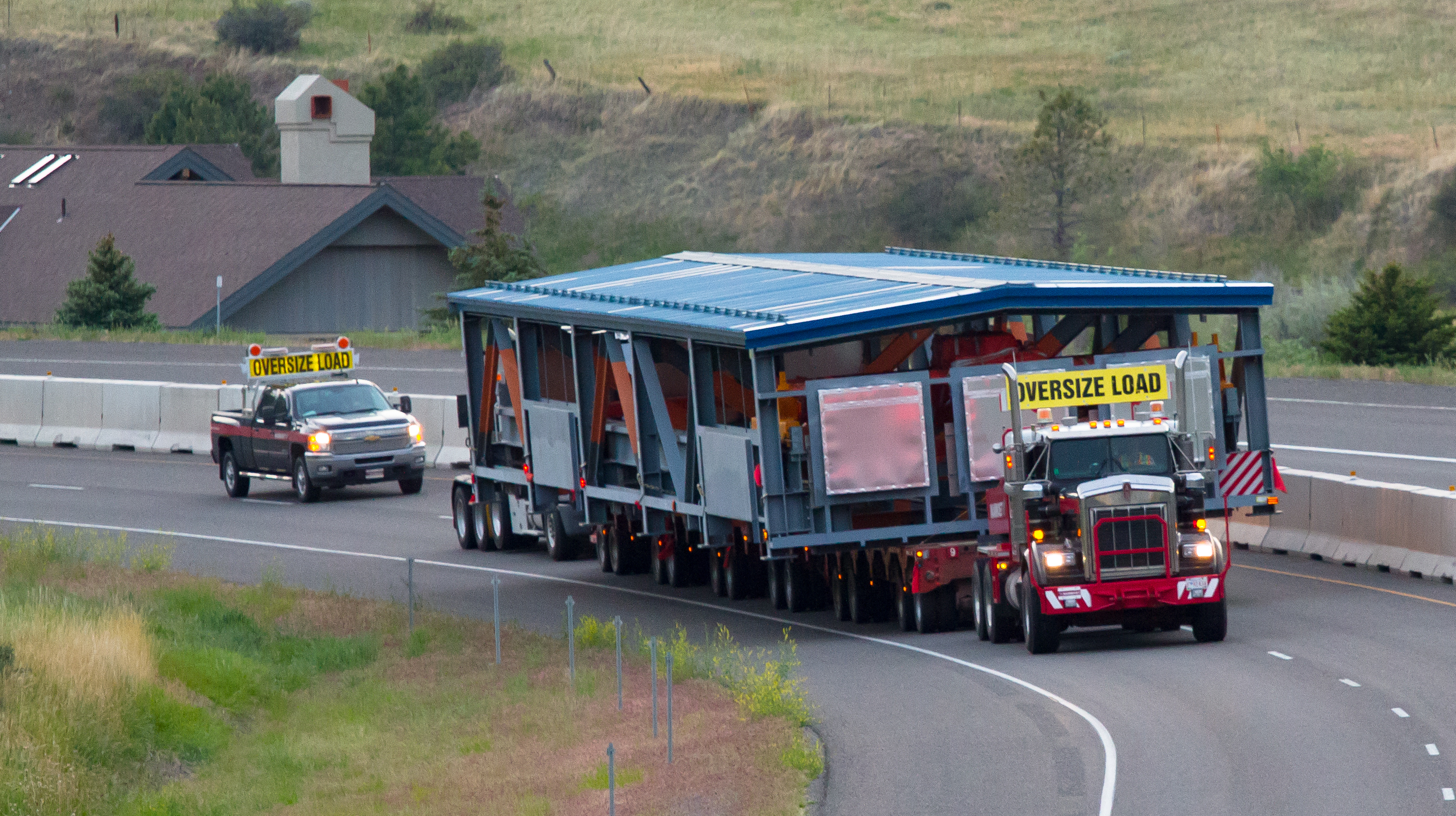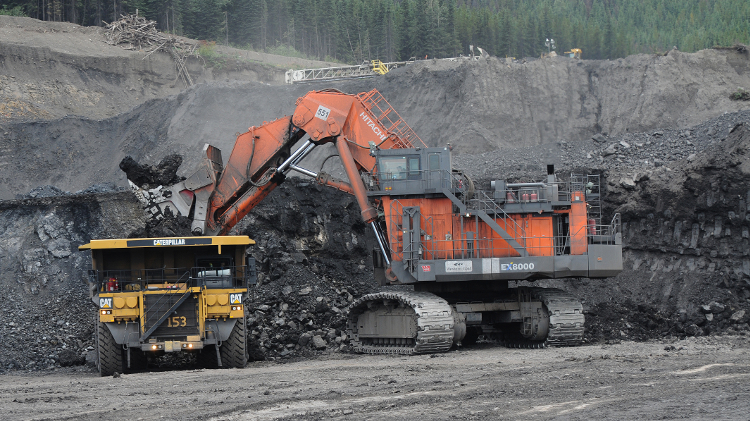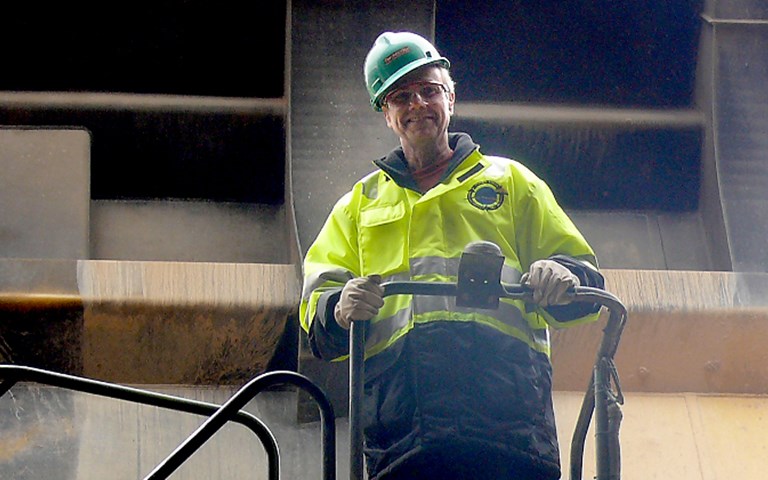Sound mine management advice is often needed but not always heeded. James Reyes-Picknell’s book, “Uptime – Strategies for Excellence in Maintenance Management,” has been an industry go-to reference for years. However, the asset management strategies it teaches remain poorly implemented in many, if not most, mines, according to its author. Countless operations continue to run their machinery until failure, causing costly repairs and even more costly downtime. To understand the ongoing challenges of physical asset management in the mining world, CIM Magazine spoke with Reyes-Picknell, who is president of Conscious Asset, a maintenance management consultancy.
CIM: When you examine a mine’s maintenance plans, what are some of the most common things that need addressing?
Reyes-Picknell: Poor work planning is quite common. There is an attempt at scheduling, which miners often call “planning.” Plans describe what work must be done, often describing specific tasks and providing directions or instructions where needed. Plans include lists of what is needed to do the job, such as parts, tools, test equipment, lubricants, adhesives, what skilled people are needed (mechanic, belts-man, et cetera.) and an estimate of how long the job should take. Schedules simply specify when a job will be done.
Good schedules are created using the planned job estimates, in consideration of resource constraints and work priorities. No matter the priority, there is no point scheduling a job if the planned resources are not available. However, since most mines don’t always plan well or even have plans, their schedules cannot be followed closely and the management of work execution becomes chaotic, quite often ending up in a reactive mode. Tradespersons and supervisors will often blame lack of materials or lack of parts for why jobs won’t go well, but that is almost always tied back to the lack of planning. It’s an unfortunate cycle that can only be broken with good planning.
CIM: What causes this lack of planning?
Reyes-Picknell: The industry has so few good examples to follow. Many people out there in the mining maintenance realm have a pretty bad idea of how it should be done, relative to successful practices. They don’t know what “good” looks like. They’re also resource-constrained: they just cannot see their way past the firefighting mode. And the battles with their operations people are ones they never win, so they kind of give up before they start. Even the most knowledgeable of maintenance professionals find themselves in a very difficult position trapped in a reactive cycle.
CIM: Why has good predictive maintenance not been adopted industry-wide?
Reyes-Picknell: Everyone talks about predictive maintenance, but many don’t appreciate the need for follow-up once they’ve found a problem. For example, they’ll take readings on vibrations and see there’s a trend going upward, and they know that’s problematic. But will they act on it? The answer’s often no, and it’s because they don’t trust that anything is really wrong!
In the past, when they found a high vibration, they took the equipment apart and they didn’t find anything that they could see was wrong. In a shop environment, where there’s no stress on a bearing – they can’t spin it up to 3,600 RPM or put a couple hundred horsepower load on it – they won’t see the problem. The vibration sensors are very sensitive and pick up problems that may still be microscopic and invisible to the naked eye and other human senses. Lacking that trust in the technology, maintainers will let it run until it fails. Without that follow-up repair, the predictive maintenance does no good.
CIM: Your company provides training that helps teach mining staff “good” examples. How readily do employees tend to accept changes to their process?
Reyes-Picknell: When I run a three-day course, we include a simulation game. We often get upwards of 100 improvement ideas out of the class by the time the three days are up. They’re pretty quick to come up with ideas once they see what works. The planning people love learning what real planning is all about. They will adapt to that very quickly.
Where they struggle is in the actual execution. As soon as they get back out into the mine, they’re back into the reactive environment, and typically with operations people chewing at them to get things fixed, so it all gets forgotten. Supervisors often don’t get the training, either, so there’s usually very little concerted effort to implement these improvements.
They need the cooperation from the materials management people. And they need the operations people to understand them when maintenance says, “We need to take a piece of equipment out for service. You have to give it to us. If you don’t give it to us on time, there’s a good chance that it will break down and the downtime will be even more.” Often they don’t understand that until they’ve had the training.
CIM: What is the cost of implementing maintenance process changes versus doing nothing?
Reyes-Picknell: It depends a bit on how bad the firefighting mode is, but to give you an example, planned work executed on schedule is typically one-third or less of the cost of doing the work in an unplanned way. When you’re in a firefighting mode, constantly chasing failures, you’re consuming a lot of resources. People will go start a job, then find out what parts they need, go try and get the parts, find the parts aren’t available, now they have to wait on the supply chain, and everybody’s panicking and rushing. I knew one mine where they used to measure how bad the firefighting mode was that day by counting the number of taxis with emergency deliveries at the gate.
There is a cost to getting ahead of things, though. If you’re in a highly reactive mode, it is hard to drain the swamp while you’re beating the alligators off. There is usually a bit of an investment. Sometimes you can supplement resources or bring in contractors to do a lot of the repair work while you focus on the more proactive stuff and try and get out of that mode.
CIM: Is there any new technology that can help with asset management?
Reyes-Picknell: There’s a lot of condition-based monitoring technology that’s available. In the mining environment, a lot of that can be mounted on mobile equipment and, using network telemetry, you can actually get those signals from your mobile equipment remotely. I think that’s pretty amazing stuff. But for whatever reason, there’s not as much focus on that type of technology in processing plants. If you go to the oil and gas industry, for example, you will find it in refineries. But you won’t find much of it in mines. They’re lagging.
CIM: What’s the biggest success story you’ve seen – the biggest turnaround after properly implementing good asset management techniques?
Reyes-Picknell: We did some work with Placer Dome (before it was bought by Barrick) where we created a maintenance standard across all of its mines at the time – 14 operations around the world. Most of its mines made pretty dramatic turnarounds within a year. They did have top management support for it: the president of the company was the sponsor. He was one of those guys that you didn’t say “No” to, and he was very insistent on it. You need that high-level sponsor.




